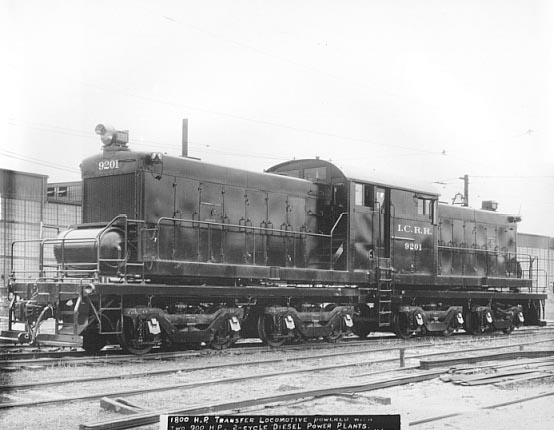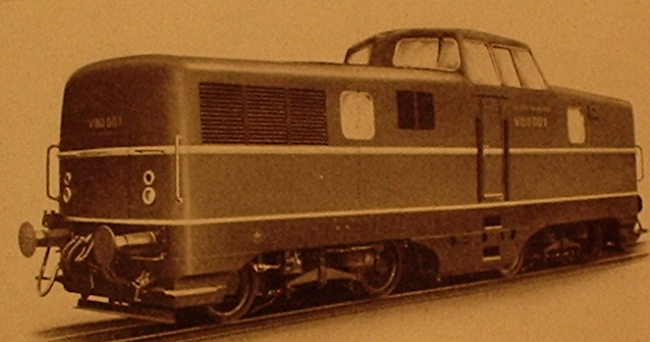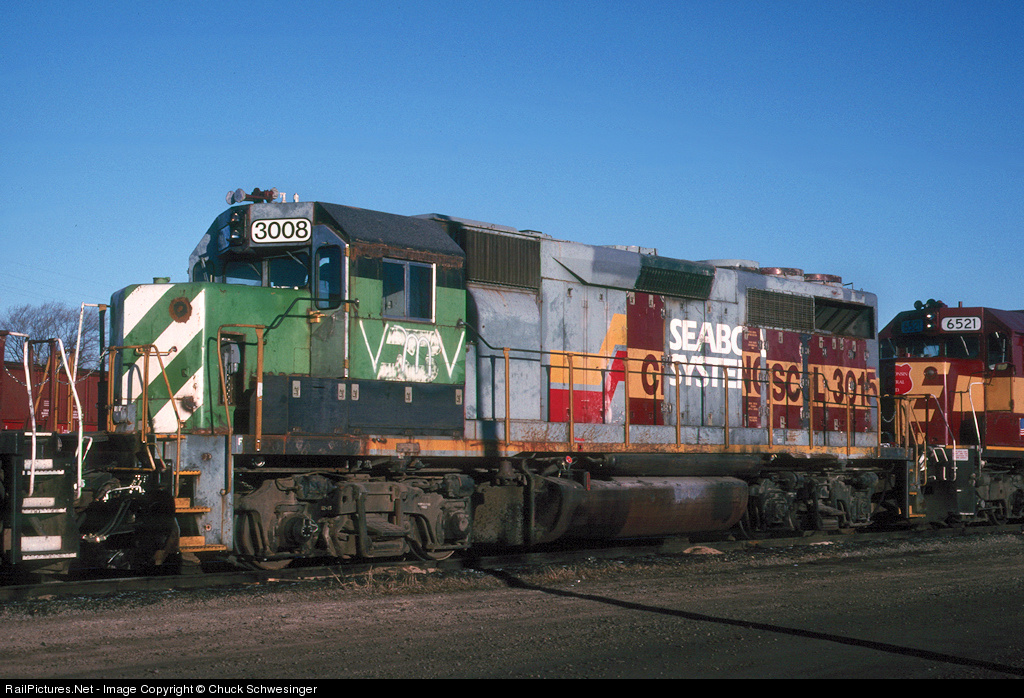Blutorse4792
Now T:ANE I can get into
Dunno if "ugly" would be the right word, but Baldwins were/are pretty... unconventional. This is what happens when a steam-builder switches to diesel...




Especially after EMD rebuilt some of these beasts in the early 1960s...

Limas were pretty funky-looking as well...


And finally, this one-of-a-kind beast rolled out of the EMD/EMC facilities back in 1936...





Especially after EMD rebuilt some of these beasts in the early 1960s...

Limas were pretty funky-looking as well...

And finally, this one-of-a-kind beast rolled out of the EMD/EMC facilities back in 1936...

Last edited:











